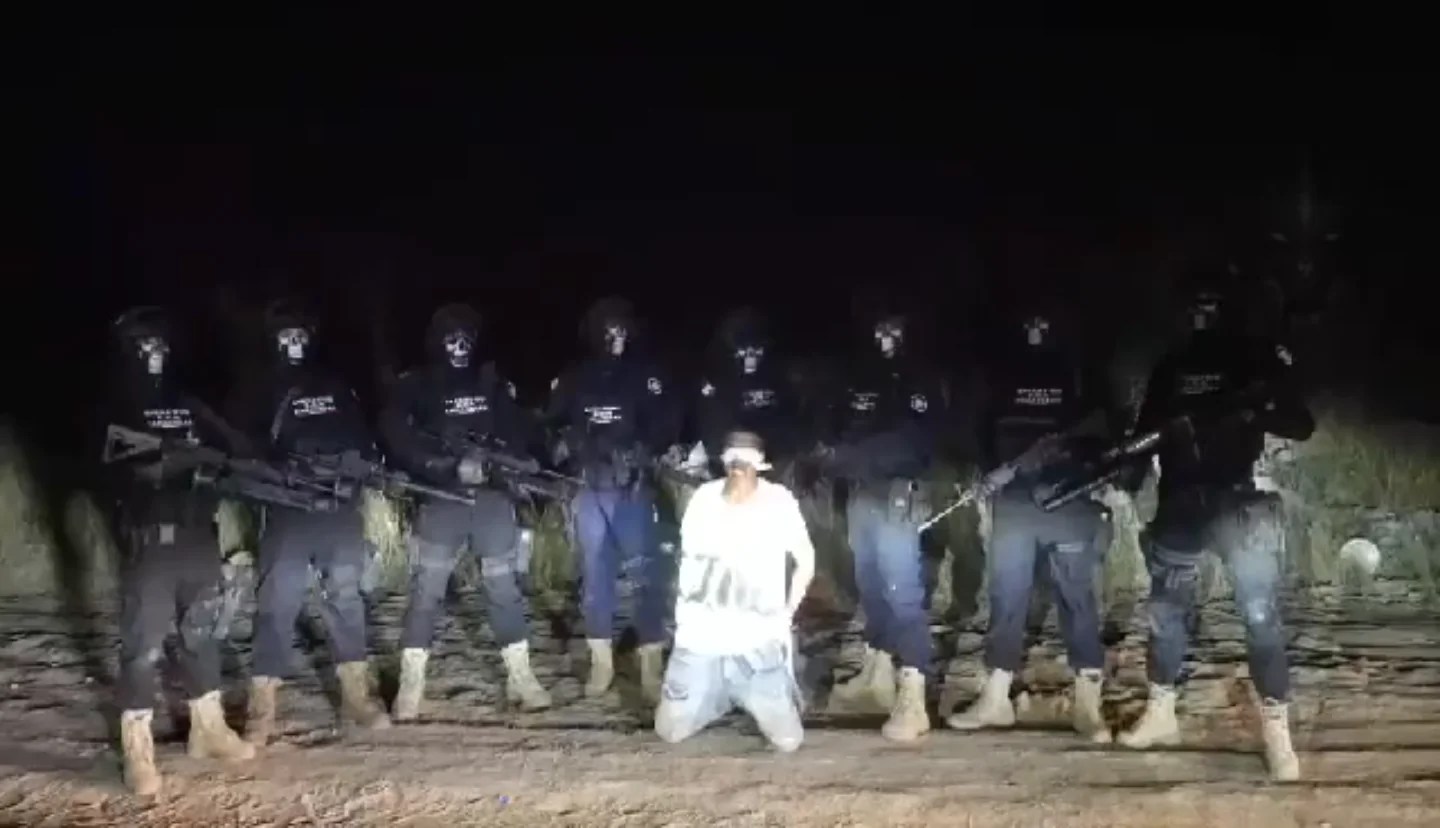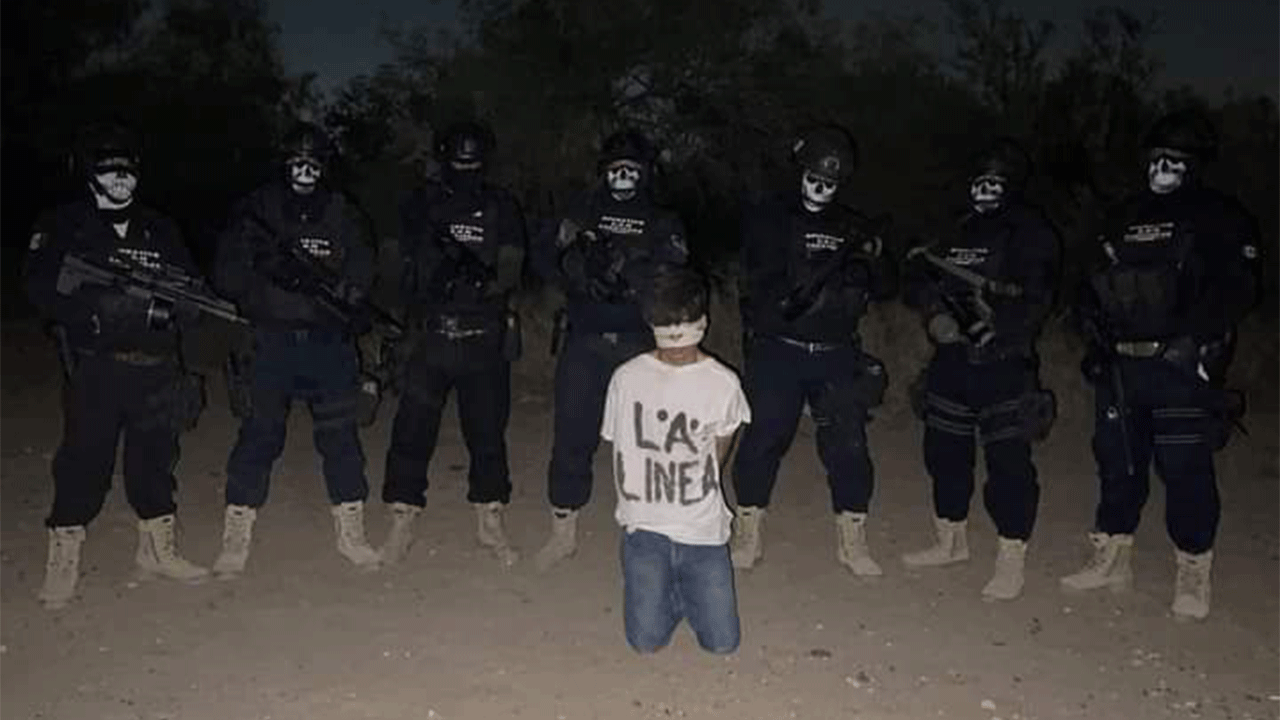Deep within the heart of Mexico lies the enigmatic state of Zacatecas, a place rich in history, culture, and folklore. One of its most intriguing historical aspects is the practice of flaying, a gruesome yet fascinating subject that intertwines with the region's past. This ancient custom, often associated with ritualistic practices, has left its mark on the cultural landscape of Zacatecas, leading to numerous tales and legends that continue to captivate the imagination of locals and visitors alike.
As we delve into the history and significance of Zacatecas flaying, we uncover not just the darkness of the practice but also its relevance in the broader context of Mesoamerican traditions. The details surrounding flaying rituals raise questions about the societal values and beliefs that fueled such acts, shedding light on the complex relationship between humanity and the divine in ancient cultures. Through this exploration, we aim to understand how these traditions have shaped modern perceptions of the region and its history.
Join us on this journey as we explore the multifaceted nature of Zacatecas flaying, examining its historical roots, cultural implications, and the lingering impact it has on the region today. From ancient rituals to modern interpretations, the story of Zacatecas flaying is one of intrigue, horror, and the enduring quest for understanding.
What is the Historical Significance of Zacatecas Flaying?
The practice of flaying in Zacatecas dates back to pre-Columbian times, where it was often linked to religious ceremonies and sacrifices. Ancient cultures believed that offering the skin of a living being could appease gods, ensure bountiful harvests, or win victories in battle. The act of flaying was seen as a sacred duty, performed by skilled priests who were trained in the intricacies of these rituals.
How Did Flaying Influence Local Culture?
Flaying has had a profound impact on the local culture of Zacatecas. It has influenced art, folklore, and even contemporary practices. Artists have depicted scenes of flaying in various forms, from murals to sculptures, reflecting the duality of reverence and horror that the practice embodies. Additionally, stories and legends surrounding flaying have permeated the local consciousness, often serving as cautionary tales or moral lessons.
What Are the Myths Surrounding Zacatecas Flaying?
Numerous myths have arisen surrounding the practice of flaying in Zacatecas. Some tales suggest that the spirits of those who were flayed haunt the land, seeking vengeance for their suffering. Others claim that the knowledge of flaying was passed down from gods to humans, making it a divine act that carries immense power. These myths contribute to the mystique of Zacatecas and keep the memory of flaying alive in the region's folklore.
Who Were the Key Figures in the Practice of Flaying?
The practice of flaying was often carried out by high priests and shamans who held significant power within their communities. These individuals were not only responsible for conducting the flaying rituals but also for interpreting the will of the gods. Their influence extended beyond religious practices, as they played crucial roles in governance and social order.
| Name | Role | Era | Contributions |
|---|---|---|---|
| High Priest Tenoch | Flaying Ritual Leader | 1500s | Conducted major rituals for harvest and war. |
| Shaman Izel | Spiritual Guide | 1400s | Interpreted omens and guided the community. |
What Are the Modern Interpretations of Zacatecas Flaying?
In contemporary times, the practice of flaying is viewed through a lens of historical curiosity rather than as a living tradition. While some locals may still hold reverence for the ancient practices, many see flaying as a part of their rich history that should be remembered and studied. Museums and cultural institutions in Zacatecas often showcase artifacts and art related to flaying, educating visitors about its significance while also highlighting the evolution of cultural practices over time.
How Can We Learn From the Legacy of Zacatecas Flaying?
The legacy of Zacatecas flaying offers valuable insights into the human experience, particularly regarding the intersections of faith, culture, and morality. By studying these ancient practices, we can better understand the complexities of human belief systems and the lengths to which societies will go to seek favor from their deities. This understanding not only enriches our knowledge of Zacatecas but also invites reflection on our own beliefs and rituals in the modern world.
What Is the Future of Zacatecas Flaying in Cultural Memory?
As time passes, the practice of flaying may fade further into the annals of history, but its cultural memory will likely endure. The stories, art, and rituals inspired by Zacatecas flaying will continue to spark curiosity and conversation. The challenge lies in preserving this knowledge while respecting the cultural heritage it represents. Future generations will have the opportunity to explore the past and derive meaning from it, ensuring that the legacy of Zacatecas flaying is not forgotten.
In conclusion, the exploration of Zacatecas flaying reveals a tapestry of history, culture, and belief that is as complex as it is fascinating. By understanding its historical significance, cultural implications, and modern interpretations, we can appreciate the rich heritage of Zacatecas and the lessons it imparts on humanity.
You Might Also Like
Unraveling The Mystery Of Bronwin Aurora Leaked: What You Need To KnowExploring The Fascinating World Of Jellybeanbrain Porn
Unveiling The Allure Of Charlotte Parkes: A Closer Look At The Naked Truth
Discovering The World Of Vagamovies: Your Ultimate Guide To Entertainment
Unveiling The Truth Behind Quinnfinite Leaked: What You Need To Know
Article Recommendations
- 1534693 Piece Female Characters Deserve Attention
- Tiffany Link Earrings
- 1230857 Tyler Perry Net Worth Age Height House Wife Son
- Oleksandr Zinchenko
- Thay Ksada
- 1470855 Zack Lugos Biography Age Height Net Worth Girlfriend Brother
- Josh Allen Old Tweets
- La Freeway Protest
- Kristy Mcnichol


